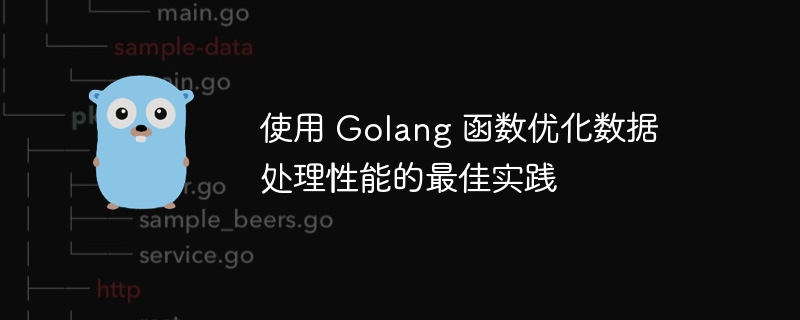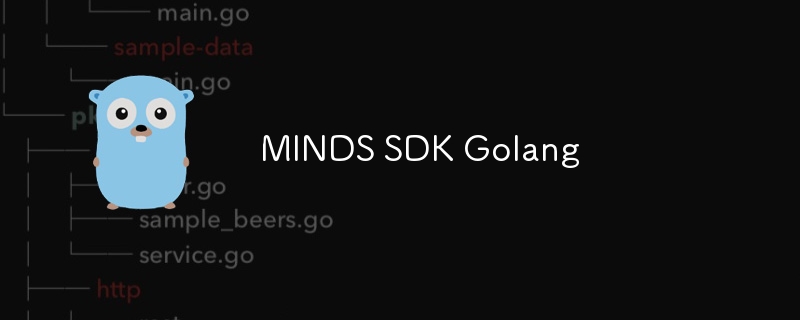
如何在 Golang 并发任务中处理超时
在 Go 中,当处理并发任务时,处理超时至关重要。超时允许我们限制任务的执行时间,防止死锁或资源浪费。
使用 Context
Go 提供了一个叫做 context.Context 的机制来处理超时。它是一个允许我们传递和取消操作截止时间的接口。通过使用 context.WithTimeout() 函数,我们可以创建一个带有截止时间的 Context。
立即学习“go语言免费学习笔记(深入)”;
import (
"context"
"time"
)
func main() {
// 创建一个 5 秒超时的 Context
ctx, cancel := context.WithTimeout(context.Background(), 5 * time.Second)
defer cancel() // 当任务完成时取消 Context
// 在 Context 中运行一个任务
go func() {
// 你的任务代码
// ...
}()
}使用 select 语句
另一种处理超时的方法是使用 select 语句。select 语句允许我们监听多个通道,并根据第一个可用的通道执行相应的操作。我们可以使用超时通道来实现超时。
import (
"time"
)
func main() {
// 创建一个 5 秒超时的通道
timeout := time.After(5 * time.Second)
// 在一个 goroutine 中运行任务
go func() {
// 你的任务代码
// ...
}()
// 使用 select 语句监听任务和超时通道
select {
case <-timeout:
// 超时已发生,取消任务或采取适当措施
default:
// 任务已完成
}
}实战案例
在以下示例中,我们使用 context.Context 来处理超时,从 Web 服务中获取数据。
import (
"context"
"fmt"
"net/http"
"time"
)
func main() {
// 创建一个 5 秒超时的 Context
ctx, cancel := context.WithTimeout(context.Background(), 5 * time.Second)
defer cancel() // 当任务完成时取消 Context
// 发起请求
req, err := http.NewRequest("GET", "https://example.com", nil)
if err != nil {
fmt.Println(err)
return
}
// 在 Context 中执行请求
resp, err := http.DefaultClient.Do(req.WithContext(ctx))
if err != nil {
fmt.Println(err)
return
}
defer resp.Body.Close()
// 处理响应
// ...
}结论
使用 Context 或 select 语句来处理超时是 Golang 中并发任务的重要方面。通过设置截止时间,我们可以防止任务长时间运行并浪费资源。
以上就是Golang 函数如何在并发任务中处理超时?的详细内容,更多请关注php中文网其它相关文章!
版权声明:本文内容由网友自发贡献,版权归原作者所有,本站不承担相应法律责任。如您发现有涉嫌抄袭侵权的内容,请联系 yyfuon@163.com






